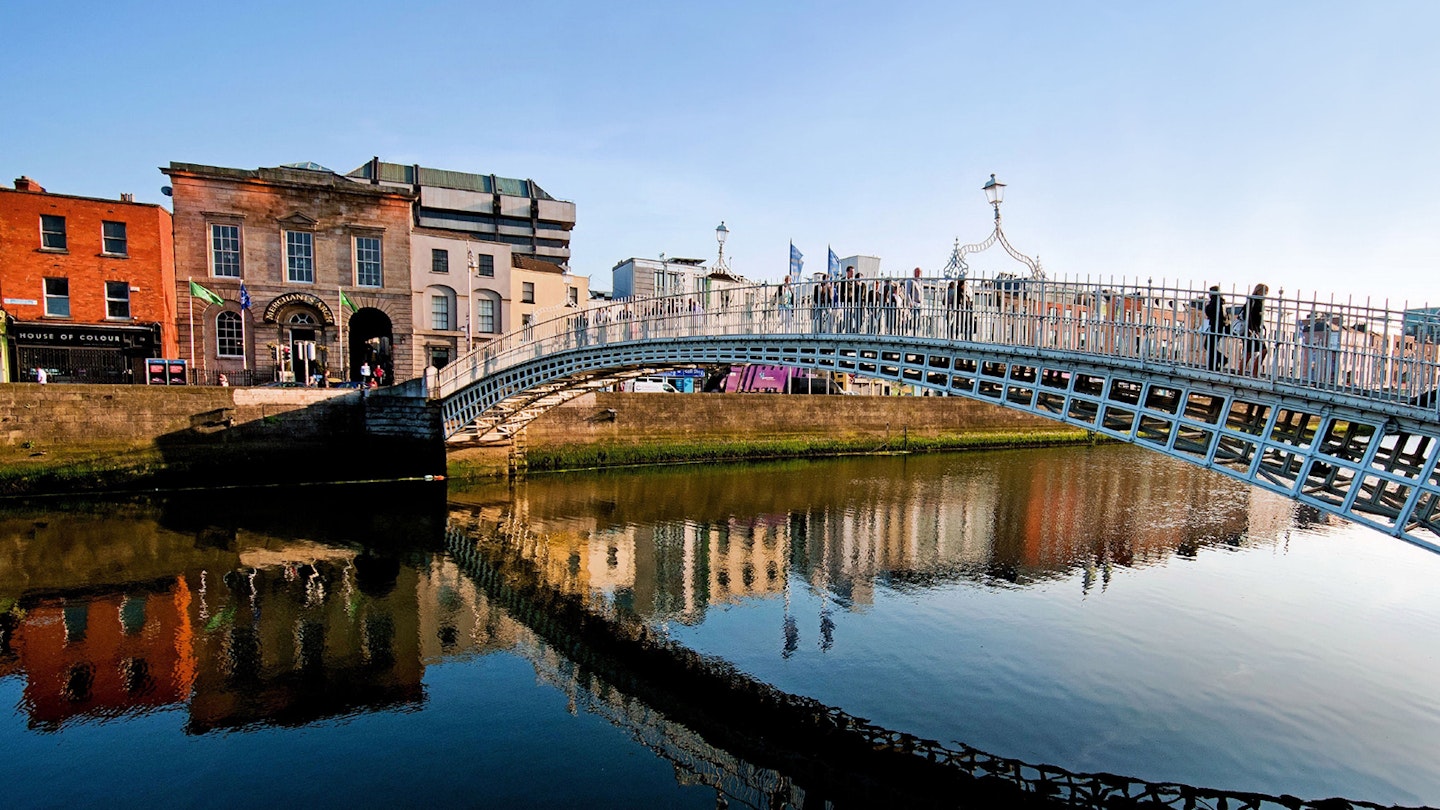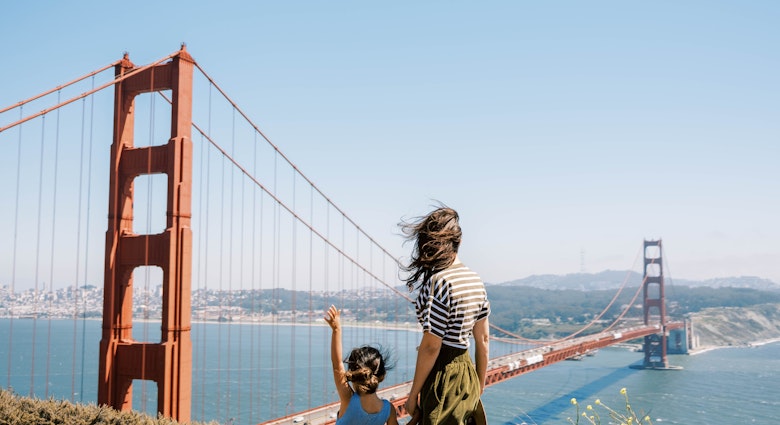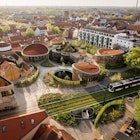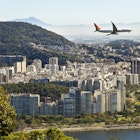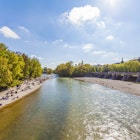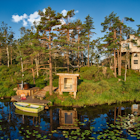Spread roughly about the four main compass points, the cities of Dublin, Cork, Galway and Belfast are remarkably different from each other, despite all sharing a pretty small island.
Dublin
Ireland’s capital may be small, but it has more personality than a city twice its size. Within the hotchpotch collection of architecture that makes up the city centre – medieval flying buttresses, late 20th-century grey boxes and row upon row of 18th-century expressions of Georgian elegance – is an intoxicating mix of heritage and hedonism.
Dublin is home to many of Ireland’s national treasures, carefully displayed in the three branches of the National Museum – archaeology; decorative arts & history; and natural history. And don’t forget the Book of Kells, part of Trinity College’s Old Library that also includes the stunning Long Room. For more chilling bits of Irish history, look no further than Kilmainham Gaol, which played a central role in the struggle for independence. Fancy high quality art? There’s the National Gallery, of course, but the Dublin City Gallery – Hugh Lane and the Irish Museum of Modern Art have top-drawer modern and contemporary art collections.

But who are we kidding? You can’t come to Dublin without making a pilgrimage to the home of the black stuff, so a visit to the Guinness Storehouse – part of the famous brewery founded in 1759 – is an absolute must. And while they’ll serve you a delicious pint of Guinness with a splendid city view at tour’s end – it’s best to also enjoy a drink in the sanctity of one of the city’s traditional pubs – of which there are hundreds to choose from, old and new. Need one recommendation? We suggest John Mulligan’s – so beautiful and steeped in history you’ll be photographing it from every angle.
Hardly surprising that the capital would have Ireland’s biggest selection of restaurants, for all budgets and for every taste. The best restaurant in town in 2017 was the Greenhouse, but it’s got plenty of exalted company; while the selection of midrange options is just staggering – from authentic Japanese at Banyi to terrific tacos from a truck at K Chido Mexico.
Cork
‘The Real Capital of Ireland’ – as Cork is known to those who live there – might be one-fifth the size of Dublin, but that is part of the appeal, as most of its charms are stacked on a small island in the middle of the River Lee – although you’ll have to go beyond it to explore its historical sights, like the fascinating Cork City Gaol.
Cork is a city best explored on foot and with only a vague sense of destination. You should deliberately lose yourself in the tangled grid of 17th-century alleys and narrow streets that run off the grand Georgian thoroughfares.
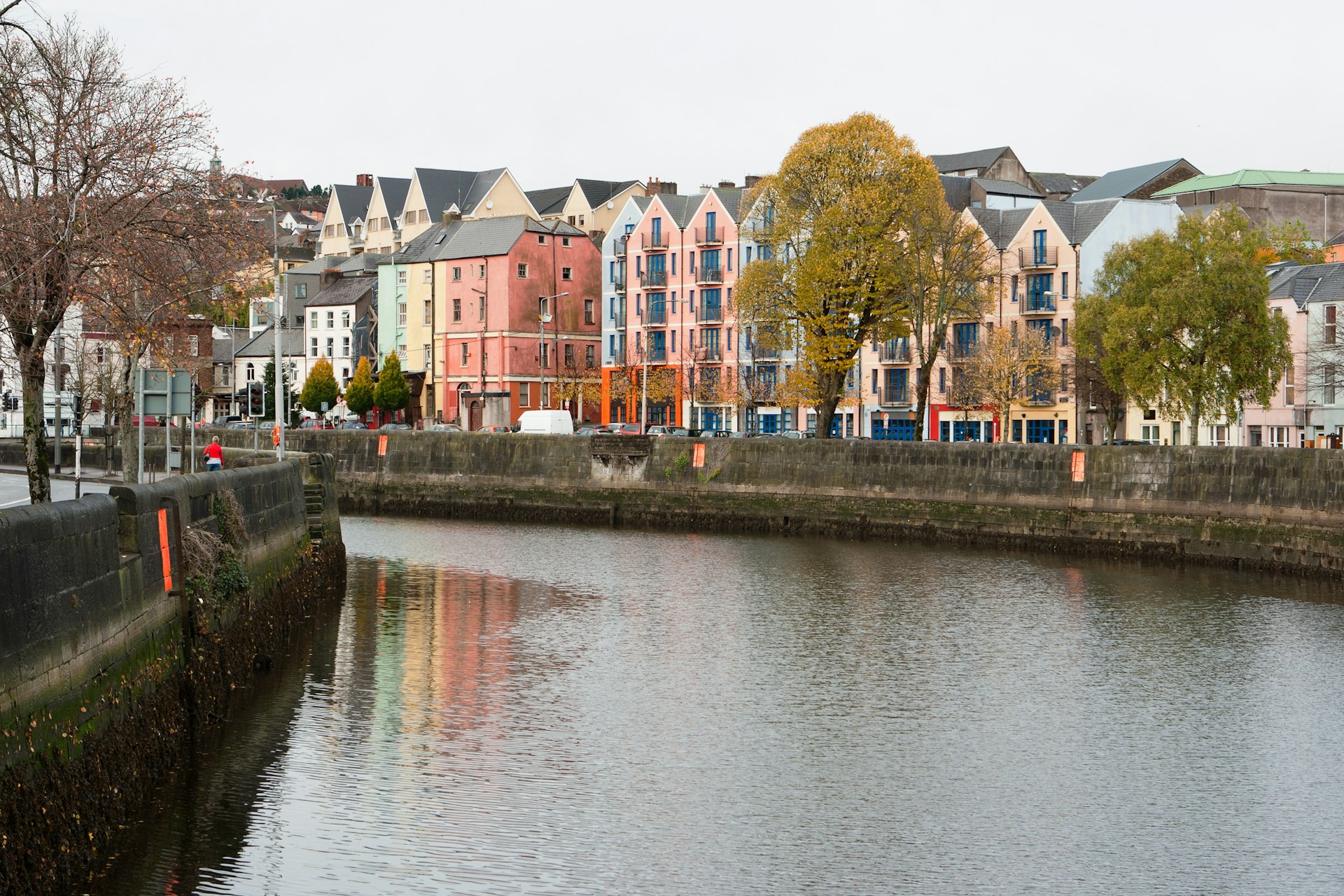
Along the way you’ll find the English Market, a covered Victorian market full of stalls showcasing the very best of Ireland’s locally made produce. It’s one of the city’s highlights and a big clue to Cork’s reputation as a gourmet hotspot. The Farmgate Café, on a balcony in the middle of English Market, is a fine example of that reputation realised, as are bistros like Market Lane and Nash 19. Even vegetarians are given due and proper respect: Café Paradiso is one of the best restaurants in town, in any category.
Although Cork has its fair share of modish joints where you can sup artisanal coffee while sitting on a crate or drink a cocktail out of a jam jar, the city remains happily traditional and the best places to enjoy a good night out are its fine collection of old-school pubs, like An Spailpín Fánac, the ‘Wandering Labourer,’ which has regular traditional music sessions to go along with the open fires and flagstone floors. Other popular bars include the tiny Mutton Lane Inn (get in early to bag a snug) and Sin É (the live music is sensational), while if you’re into micro-brews, the award-winning Rising Sons and the Franciscan Well Brewery are both producers of superb local brews – the former’s Mi Daza stout is good enough to make you forget about Guinness.
Galway
Everybody loves Galway City, and it’s easy to see why. Maybe it’s the multi-coloured buildings on the pedestrianised streets of the city centre, the abundance of alternative lifestyle shops – Galway embraces all kinds of spiritual pursuits – or maybe it’s because this is a city that knows how to party. The summer is festival time: show up anytime between June and September and you’ll fall into a celebration of film, the arts, horse racing and even oysters.

Galway has some of the most famous pubs in Ireland. Neachtain’s and Tigh Coílí are invariably always packed with locals and visitors, who come for the atmosphere of a classic pub and – in the latter – the superb traditional music, but you can also find both in O’Connor’s and the Crane, which are popular but not always as packed as their more famous brethren. And if you like your music a little more contemporary, Galway can take care of that too: the Roisin Dubh is the place to hear some of the best rock music in town.
If any city is set to rival Cork in terms of food, it’s Galway. There are two Michelin stars in town – the stunning Loam and the terroir specialist Aniar – but you don’t have to spend big to eat well: the modern Irish cuisine at Ard Bia is as good as you’ll get anywhere in the country, while Oscar’s does wonders with seafood. Aniar’s chef and owner, JP McMahon, has a side interest in tapas, which is beautifully prepared at Cava Bodega, and if you want a really special treat, head to the Glenlo Abbey Hotel for fine dining in an original Pullman car used in Agatha Christie’s Murder on the Orient Express.
Belfast
Northern Ireland’s capital and biggest city by far, Belfast is very much an international city with a dynamic young population focused on moving on from its past. This is a burgh on the up – a busy hive where the headlines these days are about the latest fancy restaurant or the opening of a new interactive museum.
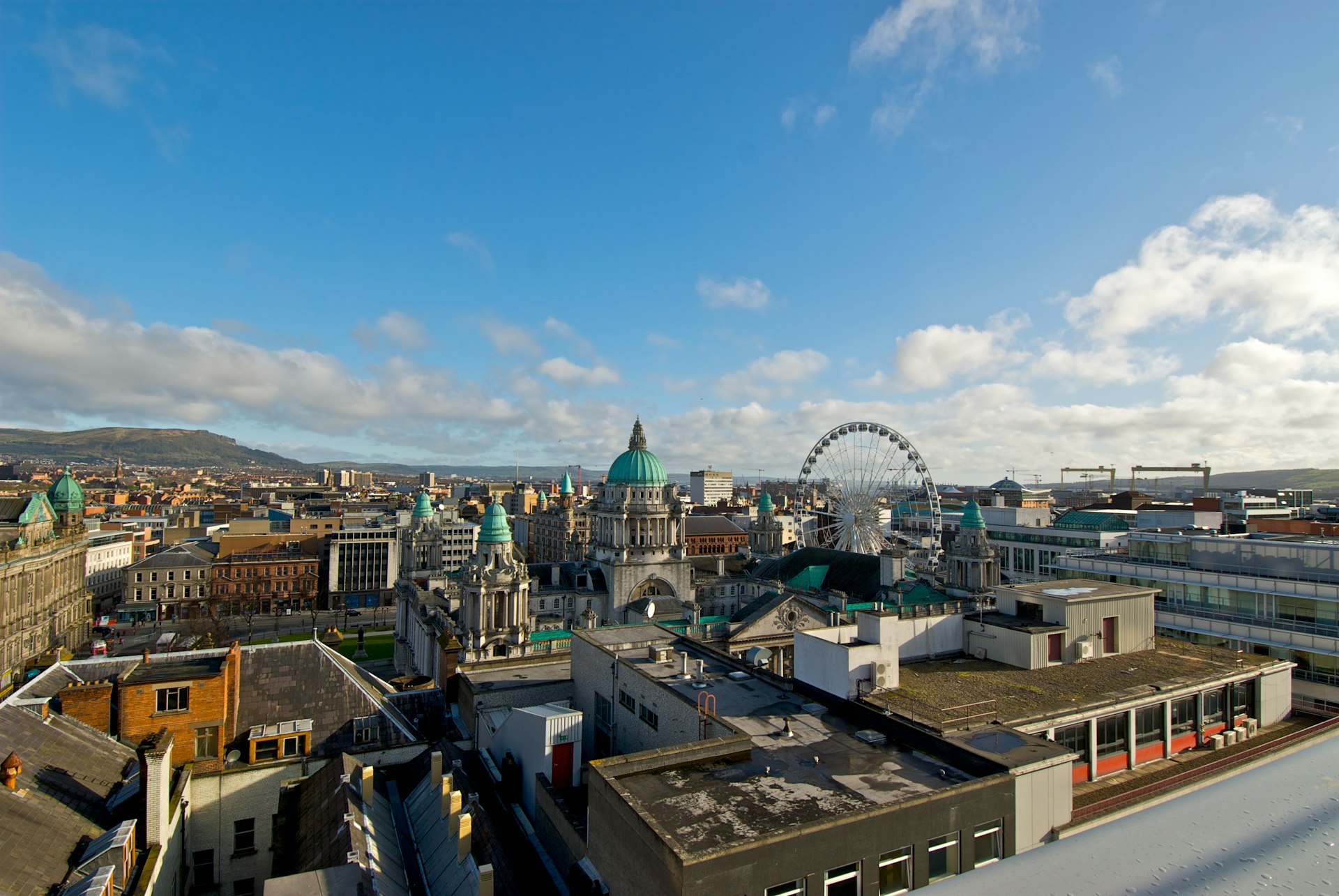
This is the city that birthed the Titanic, so it’s hardly surprising that the top museum in town is a bells-and-whistles, high-tech tribute to the world’s most famous shipwreck, but Belfast’s other history is as compelling: a Black Taxi Tour will reveal West Belfast’s political legacy through its colourful murals and the infamous Peace Wall. For added interest, a visit to the notorious Crumlin Road Gaol is also worthwhile.
But perhaps the most surprising part of any visit to Belfast is how good the food and nightlife is. There are echoes of Cork’s English Market in St George’s Market – and a fine balcony restaurant to boot in George’s. Holohan’s at the Barge is a super seafood spot on an actual barge, while the feast o’ fish at the Mourne Seafood Bar is second-to-none. The deconsecrated Ulsterville Presbyterian Church on Lisburn Road is home to arguably the best restaurant in town – the elegant Saphyre. When you’re done with dinner, there’s plenty of pubs to choose from, including a handful of Victorian classics like the Duke of York and National Trust-protected Crown Liquor Saloon, but in-the-know locals tend to opt for something a little more cutting edge – you’ll find them on the rooftop terrace of Perch and sipping cocktails in Love & Death Inc.
